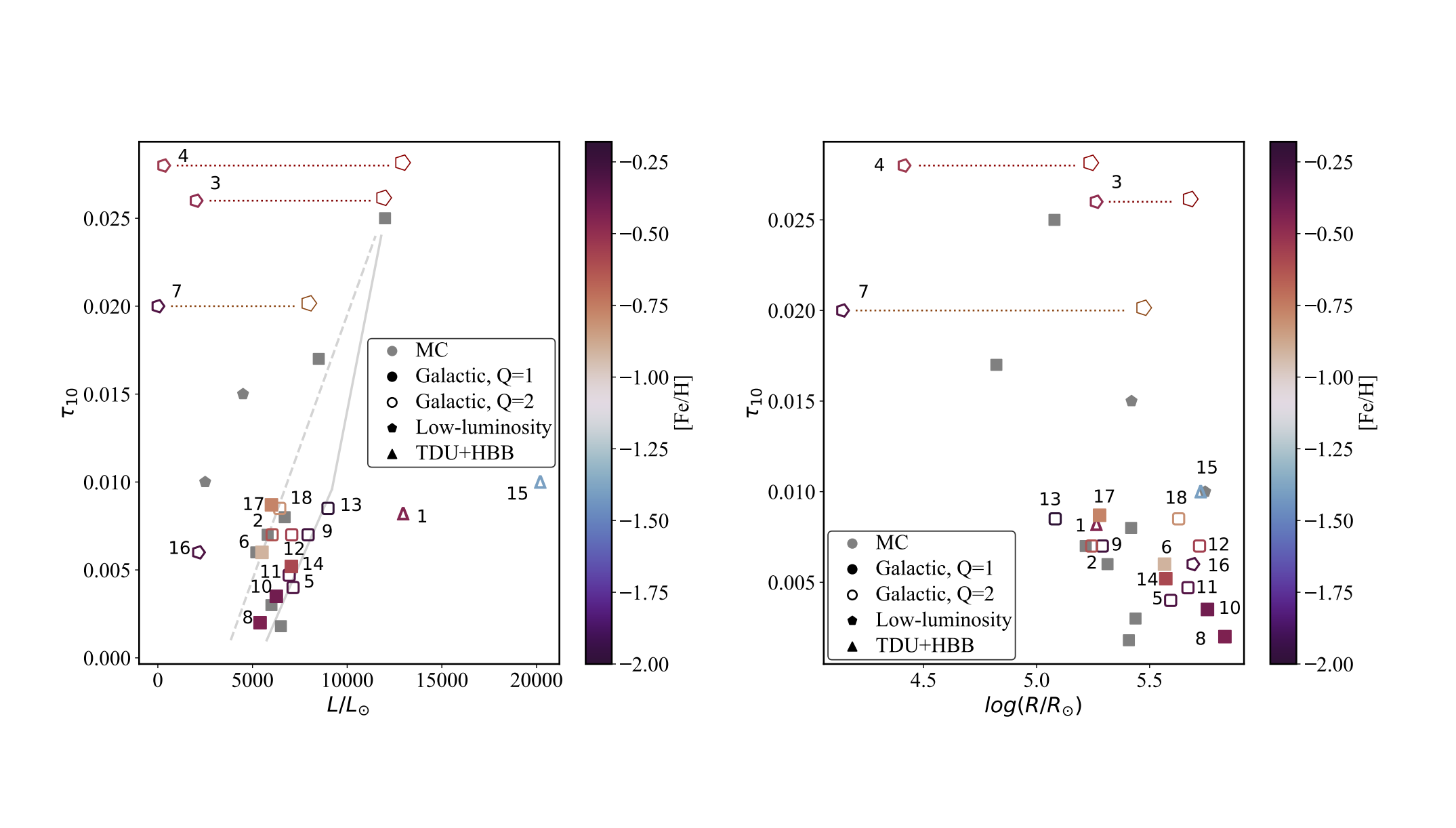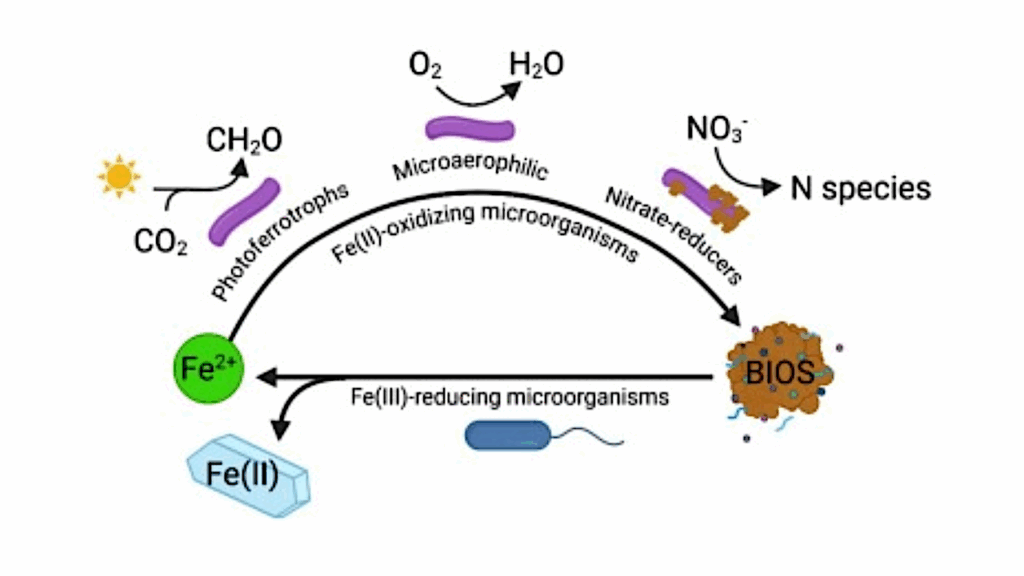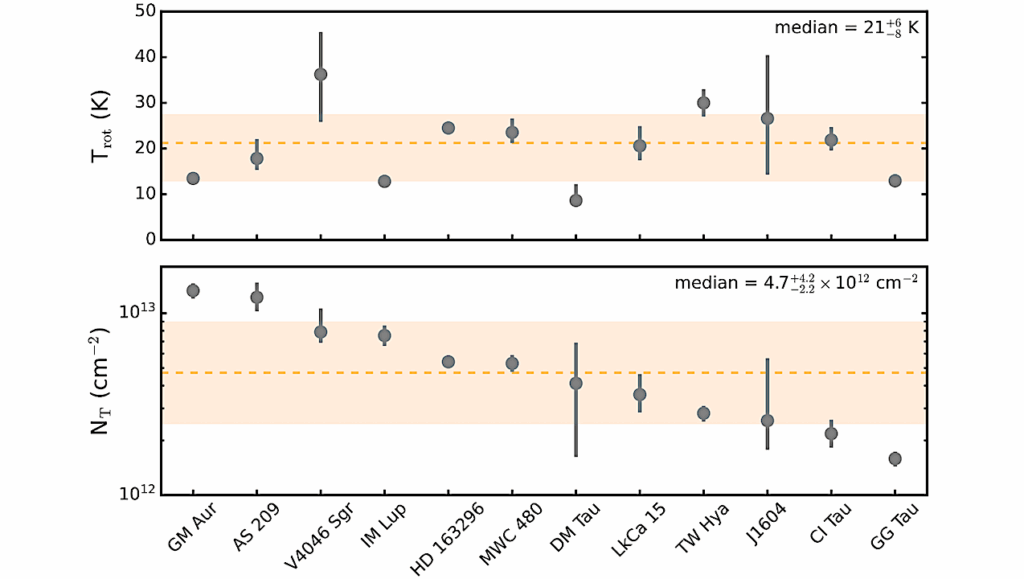A Study Of Carbon-rich Post-AGB Stars In the Milky Way To Understand The Production Of Carbonaceous Dust From Evolved Stars

The goal of this study is to reconstruct the evolution and the dust formation processes during the final AGB phases of a sample of carbon-rich, post-AGB Galactic stars, with particular attention to the determination of the past mass-loss history.
We study the IR excess of sources classified as single stars by means of dust formation modelling where dust grains form and grow in a static wind and expand from the surface of the star. The method is applied to various evolutionary stages of the final AGB phase of stars with different masses and metallicities.
The detailed analysis of the SED of the sources investigated, which included the derivation of the luminosities and the dust properties, is used to infer information on mass loss, efficiency of dust formation, and wind dynamics.
We confirm previous results that most of the investigated sources descend from low-mass(M<1.5Msun) progenitors that reached the C-star stage. Metal-poor carbon stars are characterised by higher IR excesses with respect to their more metal-rich counterparts of similar luminosity due to a higher surface carbon-to-oxygen excess.
This work confirms previous conclusions that more luminous stars descending from higher-mass progenitors are generally more opaque due to shorter evolutionary timescales that place the dust shell closer to the central object.
We also find that the mass-loss rate at the tip of the AGB phase of metal-rich low-mass carbon stars is approximately 1-1.5×10^-5Msun/yr, whereas in the metal-poor domain M~4-5×10^-5Msun/yr is required. These results indicate the need for an upwards revision of the theoretical mass-loss rates of low-mass carbon stars in the available literature, which in turn require a revised determination of carbon dust yields by AGB stars.
Tosi Silvia, Kamath Devika, Dell’Agli Flavia, Van Winckel Hans, Ventura Paolo, Marchetti Tommaso, Marini Ester, Tailo Marco
Comments: 11 pages, 5 figures
Subjects: Solar and Stellar Astrophysics (astro-ph.SR); Astrophysics of Galaxies (astro-ph.GA)
Cite as: arXiv:2302.13677 [astro-ph.SR] (or arXiv:2302.13677v1 [astro-ph.SR] for this version)
Submission history
From: Silvia Tosi
[v1] Mon, 27 Feb 2023 11:22:33 UTC (568 KB)
https://arxiv.org/abs/2302.13677
Astrobiology, Astrochemistry








